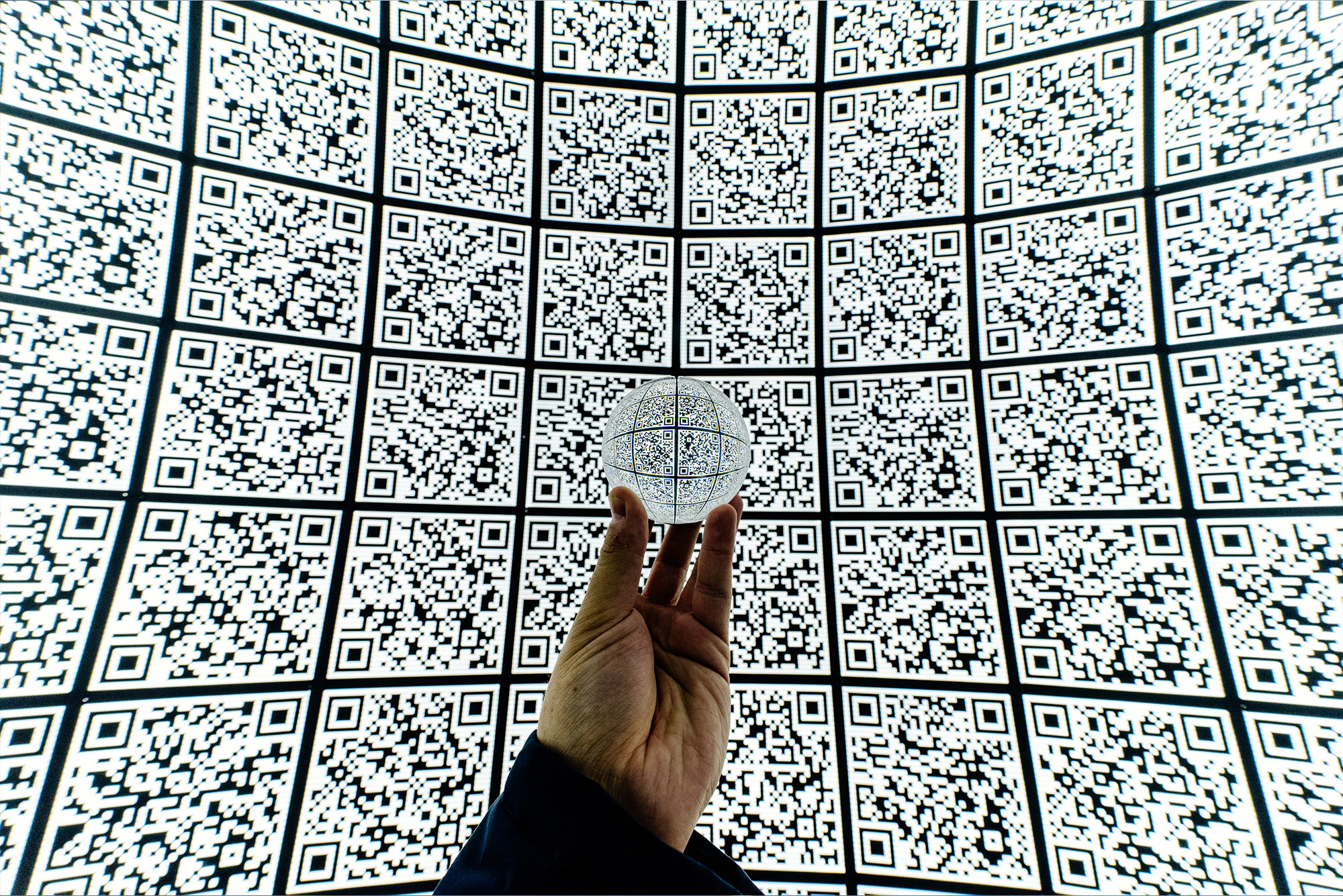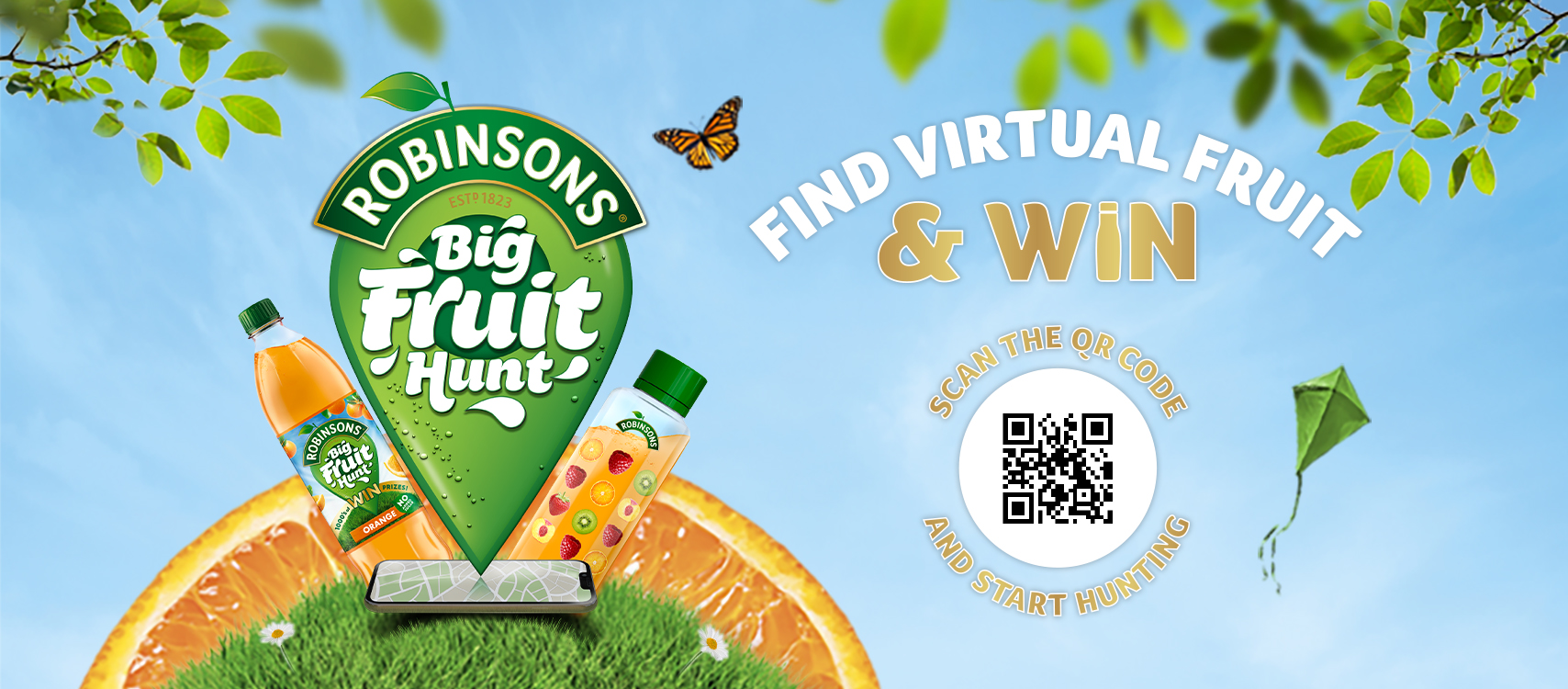
QR codes
Riding consumers’ growing familiarity with QR codes
Covid-19 saw QR code use rise sharply – how can brands use the tech to their advantage? Conor Reynolds reports.
A
Japanese invention designed in 1994 to track vehicle parts in manufacturing has become ubiquitous in everyday life, as the use of Quick Response, or QR, codes has exploded in recent years.
QR codes might be the beneficiaries of a perfect storm, as smartphone penetration steadily increases and the use of touchless technology leaps forward due to the Covid-19 pandemic. Research from consultancy firm McKinsey & Company in 2020 found 86% of smartphone users had used a QR code at least once and 36% of users scan a QR code once a week.
For large sections of the hospitality sector, QR codes played an important part in facilitating a return to on-premise sites. A host of restaurants replaced physical menus with online versions accessible through the use of QR codes. Governments operated Covid-19 testing and tracing applications that required guests to scan the codes before entering.
As a result, the public has become more familiar with QR codes, a trend brands are taking advantage of, as Jeremy Yates, director of strategic partnerships at UK media agency Happy Finish tells Just Drinks. “We’ve certainly seen a resurgence in connected packs in the last two or three years.”
When it comes to packaging, Yates says brands are eager to turn “what has historically been a static media channel, a piece of static packaging, into a multimedia channel that allows them to communicate digital content”. Brands, he explains, want to “have a different type of conversation with their audience, one that was previously limited to channels such as YouTube or websites”.
The development of QR codes has moved forward with innovation in technology more broadly. Whereas previously you would have to download an application before you scan a code, that function is now built into most smartphone cameras. The same is true for where the QR code leads. No longer does a companion application have to be downloaded to open QR codes, as most consumer-facing programmes now run in the device’s browser.
“That’s the evolution of QR code,” Pratik Thakar, head of global creative strategy and content at The Coca-Cola Co. says. “You don’t need an app. You don’t need to download anything. It directly takes you there. People have started using QR codes as a way of life. It is not something technical. You just scan it and get it.”
The Coca-Cola Co. has been one of the biggest adopters of the technology and is using QR codes as an integral part of its ‘The Real Magic’ marketing platform and its recently launched Coke Studio. The company is placing QR codes on its packaging that gives consumers access to live performances and limited-edition digital content.
Processing the connection through the browser lets companies tailor the experience. As Coca-Cola’s Thakar notes: “We have geographically-synchronised platforms. So, if you’re scanning here [London], then you will get content, events and invites that are relevant to this geography.”
Experience, promotional or informational
In many cases, QR codes function in the manner they were originally designed for: information display or item-tracking at logistics sites. On consumer products, they mostly fall into three brackets: consumer experience, informational or promotional.
On the promotional front, coffee chain Starbucks increased the uptake of its mobile application by placing QR codes in traditional print media. Working with QR service provider Scanbuy, the group created a QR code that, once scanned, automatically downloaded its application. This reduced the lengthy process of looking for an app in Google Play or the Apple app store down to a simple click.
Promotional coupons placed in traditional media are still a strong force in the market. Research by India-based QR code solutions firm Scanova notes that, even pre-pandemic, consumer engagement with coupons through QR codes was steadily increasing. It found usage jumped from 1.3 billion coupons redeemed by QR codes in 2017 to 5.3 billion in 2019.
On the informational side, companies and government agencies are using QR codes to quickly relay information to users. This can be nutritional value on products, allergy information or local recycling guidelines.
Major snack food industry player Mondelez International recently began a pilot in the UK to use QR codes to provide consumers information about sustainability and health information. Consumers who scan codes on packets of Cadbury chocolate or Oreo biscuits will be sent to an online platform where they can view the company’s sustainability initiatives. It also links to a feature that highlights local recycling facilities for the user.

Increasingly, big brands are focusing on engaging consumers and enticing them through interactive prize giveaways, one example being UK soft-drink producer Britvic’s GBP1.5m (US$1.8m) summer campaign for its Robinsons brand promotion, ‘Big Fruit Hunt’. On Robinsons squash packs, consumers can scan a QR code that takes them to an interactive map where they hunt for fruit with the chance to earn prizes.
“You’ve got to convince people that QR codes can offer more than just a link to a website,” Happy Finish’s Yates says. “It’s on the brands to offer experiences, which either serve the utility purpose or have a really compelling, interesting experience. If I see a QR code that says ‘scan me’, I’m probably not going to scan it. You need a little more of an incentive to do that. Because of the difficulties of changing packaging, I think many brands have just fallen into the trap of ‘we’re just going to put a QR code on it and work it out later.’”
When it comes to brand engagement, it’s clear QR codes are experiencing a resurgence and many brands are gamifying the experience for consumers. While the technology may seem dated and low-tech, its simplicity, user familiarity and speed could be what keep it relevant.